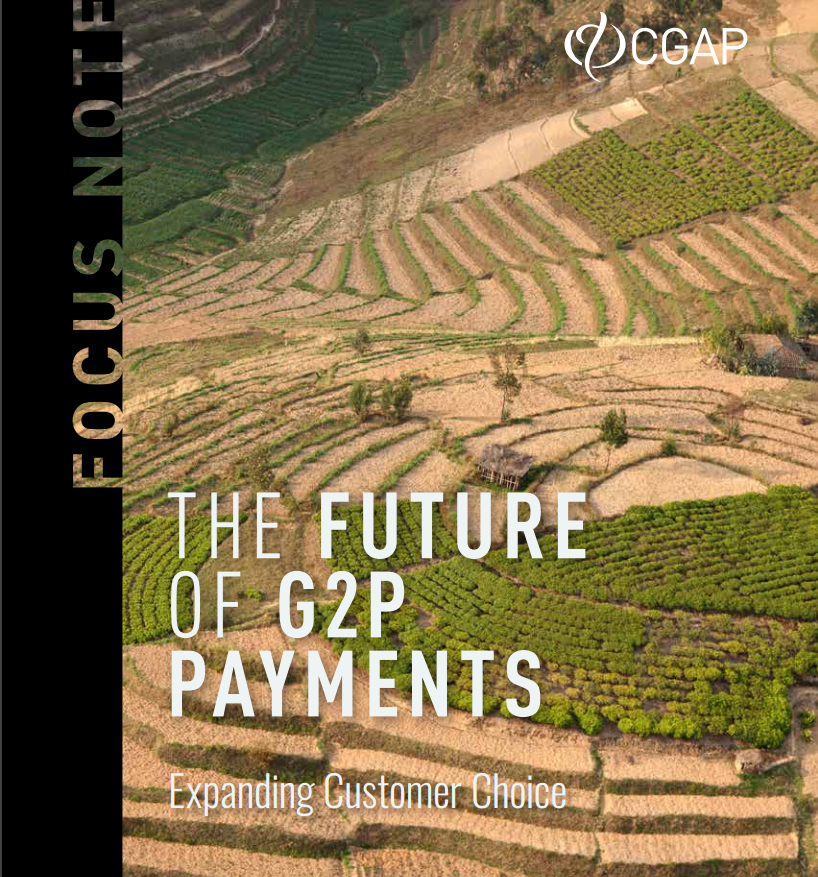Digital Cash Transfers in Times of COVID-19: Opportunities and Considerations for Women’s Inclusion and Empowerment
Given pre-existing gender gaps, there are concerns about exclusion for many of the social assistance programs being rolled out around the world in response to COVID-19. Social protection systems that ignore gender inequality will likely fail to mitigate the risks of the pandemic for women, and, at worst, could further exacerbate inequalities. Therefore, inclusive economic policies that empower women and create resilience now and for the future must be designed to ensure women contribute to the global recovery. This paper offers guidance and considerations for policymakers to support women’s inclusion and empowerment.




